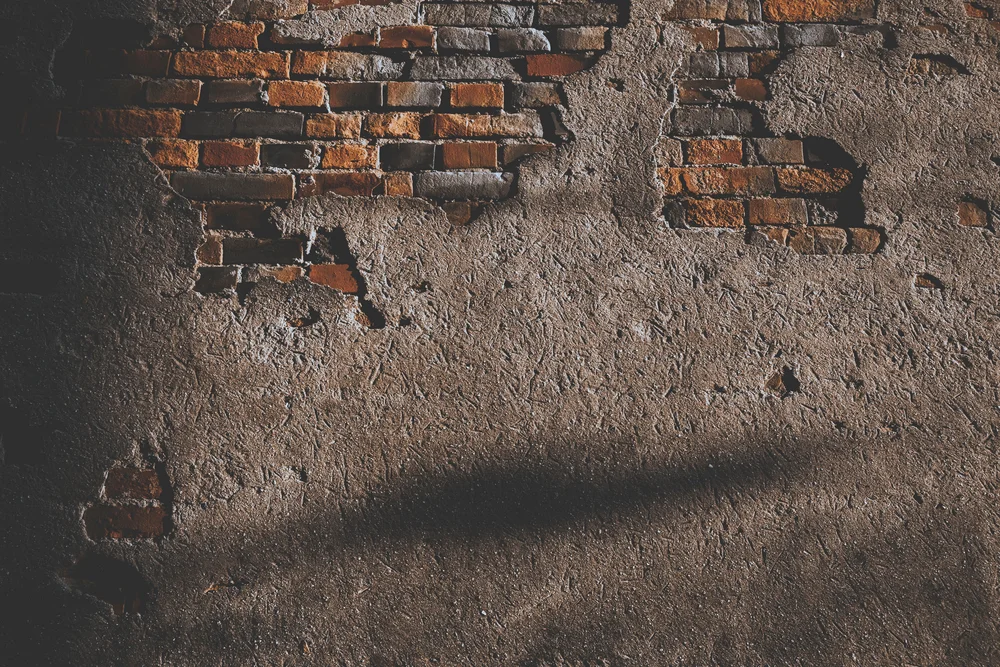How To Fix Drywall
If you’ve ever wondered how to repair drywall, you’re not alone. Many homeowners face similar problems, so this article will provide some useful tips to get your drywall back in pristine condition. Follow these steps to prevent future problems and get the most out of your drywall repair project. You’ll be glad you read it. And remember: the more you know about drywall, the more likely you’ll be able to save money on your drywall repair project.
Using a utility knife, cut off the joint compound on the head of a screw or nail. If the hole is too small for a nail or screw, use a drywall screw to fill in the hole. Apply the joint compound in thin layers, sanding between coats to make sure there are no visible ridges or dips. Once you’re satisfied with the drywall repair, you can paint it.
Before beginning a drywall repair, identify the area that needs repair. If the drywall has a noticeable discoloration or is wet to the touch, it’s time to repair it. If the drywall smells musty, it’s possible that there is hidden mold, so be sure to check for the leak. Without proper treatment, water damage can spread throughout your home and cause mold to grow. The following tips will help you determine how to repair drywall.
To repair a hole in drywall, you’ll need a drywall saw or a utility knife. First, use the jab saw to cut through the drywall. Lift up any debris you’re cutting with your saw so it doesn’t fall into the wall cavity. Cut down to the stud, then cut a one-by-four-foot pine board that is eight inches longer than the opening. After you’ve cut out the board, apply construction adhesive to the ends and press it into the hole.
After applying the joint compound, sand the edges of the hole to make sure it is smooth and blends in with the wall. Once you’ve smoothed out the drywall hole, you can apply a thin layer of joint compound to the hole and sand it down. Sand again and repeat this process until the joint compound blends into the wall. The whole process may take several hours, depending on the size of the hole.
If a crack occurs, the first step to repair drywall is to measure and identify where the crack is located. Cracks are often caused by the movement of the house, such as shifting temperatures. Luckily, these problems can usually be fixed by filling the crack with a patch compound or using drywall mud. You may also want to use mesh tape to cover the crack. This will help prevent the crack from being noticeable again.
Repairing drywall is relatively simple, but it is important to follow the steps properly. Make sure you use the proper filler and anchors for the holes that need to be patched. Small holes can be repaired with a light putty knife or spackling compound. Larger holes, however, require heavier mud or hardware. Luckily, there are simple ways to patch drywall without using patches. If you follow these simple tips, you’ll be well on your way to a new-looking ceiling in no time.
There are many reasons why a hole might have formed in your drywall, but one of the most common is a misplaced doorknob. The same applies for dents and dings made by a hockey ball. If you’re inexperienced with this project, drywall repair can be an enjoyable and rewarding project for you and your family. A simple patch will take no time to make, and you’ll be surprised at the results!
Do-it-yourself drywall repair can save you money and a lot of headache. With a little guidance, repairing drywall is a do-it-yourself project. You can patch drywall yourself by filling in small holes with plaster paste. Depending on the situation, you may need to use drywall compound or joint compound. If you’re not sure about whether you need a professional, you can do the patching yourself.


